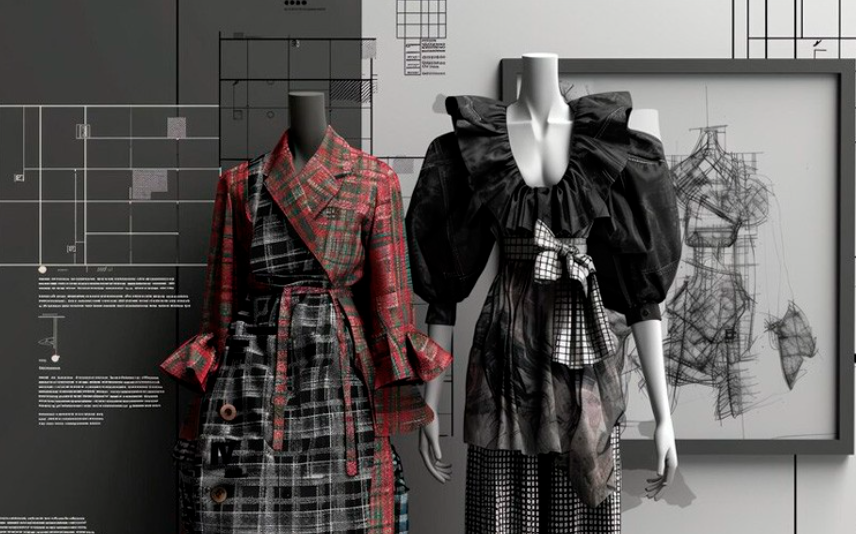The History of Fashion: From Ancient Times to Modern Style
The history of fashion reflects humanity’s evolving relationship with clothing. From the practical garments of ancient civilizations to the elaborate styles of the Renaissance, each era reveals distinct cultural values. The Industrial Revolution marked a shift towards accessibility, democratizing fashion for the masses. Today, the interplay of tradition and innovation is evident in contemporary trends, raising questions about sustainability and individual expression. What might the future hold for this ever-changing tapestry of style?
The Origins of Fashion: Ancient Civilizations
Although fashion is often perceived as a modern phenomenon, its roots can be traced back to ancient civilizations, where clothing served not only as protection but also as a powerful means of expression.
Ancient textiles were crafted with intricate designs, embodying cultural symbolism that conveyed status, identity, and beliefs.
These early garments reflected societal values, laying the groundwork for fashion’s enduring influence across cultures and epochs.
See also: Sustainable Fashion: Eco-Friendly Brands You Should Know
The Influence of the Renaissance and Baroque Eras
The Renaissance and Baroque eras marked a significant turning point in the evolution of fashion, characterized by a dramatic shift toward opulence and individual expression.
Renaissance textiles introduced luxurious fabrics and intricate patterns, while Baroque silhouettes emphasized grandeur with extravagant shapes.
This era fostered creativity, allowing individuals to showcase their identity through elaborate garments, ultimately shaping the trajectory of fashion aesthetics for centuries to come.
The Industrial Revolution and the Birth of Modern Fashion
As the opulent styles of the Renaissance and Baroque eras began to give way, the Industrial Revolution emerged as a transformative force in the realm of fashion.
Advances in textile production and mass manufacturing revolutionized clothing accessibility, fostering fashion democratization.
This shift allowed a broader population to engage with trends, ultimately reshaping personal expression and societal norms surrounding attire in unprecedented ways.
Contemporary Trends: Fashion in the 21st Century
Despite the rapid advancements in technology and global communication, the 21st century’s fashion landscape remains deeply rooted in a tapestry of cultural influences and individual expression.
Contemporary trends increasingly prioritize sustainable fashion, reflecting a collective consciousness towards environmental responsibility.
Meanwhile, street style emerges as a powerful voice, blending personal aesthetics with urban culture, showcasing the dynamic interplay between innovation and tradition in modern attire.
Conclusion
In tracing the evolution of fashion, one witnesses a kaleidoscope of human expression, where each era unfurls like a vibrant tapestry woven with threads of culture, innovation, and identity. From the primitive fabrics of ancient civilizations to the intricate designs of the Renaissance and the mass-produced garments of today, fashion serves as a mirror reflecting societal values and aspirations. As contemporary styles embrace sustainability, they echo the timeless dance between tradition and modernity, shaping the future of personal expression.




